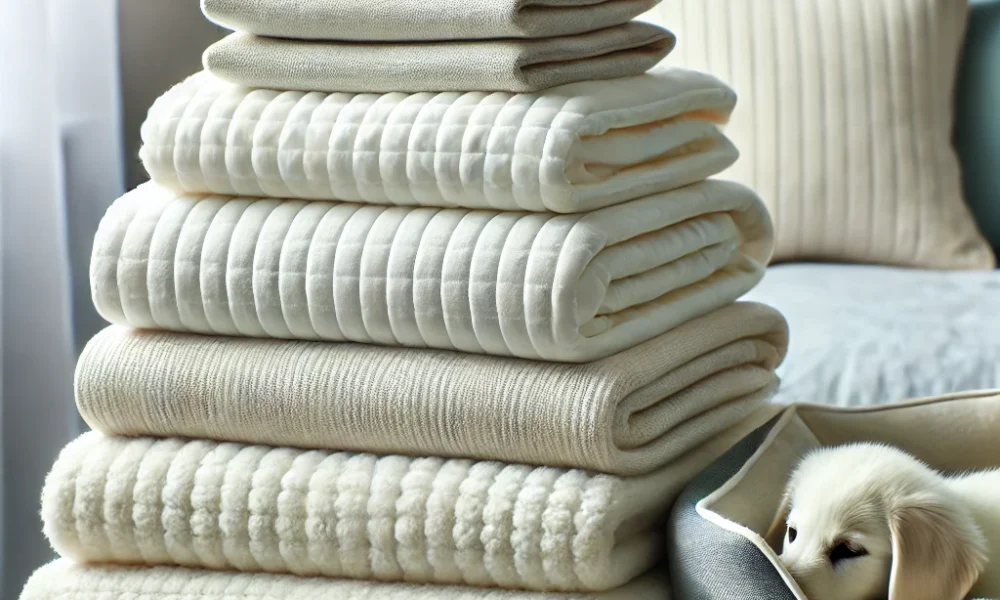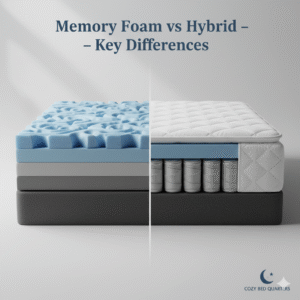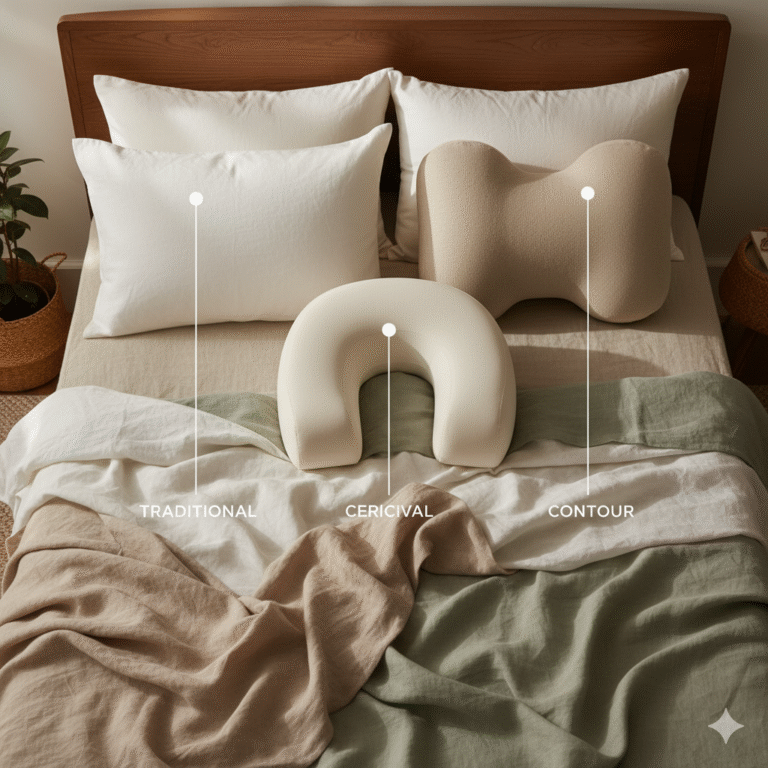Washing Bedding to Kill Fleas: Simple Steps That Work
Feeling overwhelmed by a flea problem? You’re not alone — and yes, washing bedding to kill fleas absolutely works! When my dog Bella brought home fleas last spring, I quickly learned that the washing machine became my new best friend. This friendly, practical guide walks you through how to get rid of fleas using your washer, some everyday items, and a little elbow grease. Let’s dive in together.
Key Takeaways
- Hot water and high-heat drying effectively kill adult fleas on bedding.
- Wash everything your pet comes into contact with — think blankets, pillows, and sofa covers.
- Repeat washing every few days during an active infestation.
- Vacuum regularly and try natural remedies like salt and baking soda alongside washing.
- Consider calling pest control if fleas keep coming back.
Why Washing Bedding to Kill Fleas Works
Hot water is a flea’s worst enemy — they can’t survive temps above 95°F. Most washing machines and dryers get much hotter, which means a thorough wash and dry cycle can wipe out adult fleas fast. Make sure to wash sheets, comforters, pet beds, and any throw blankets your pets love.
But laundry alone won’t solve everything. Flea eggs and larvae love to hide in carpets and corners, so think of this as one part of your overall flea-fighting plan.
Wondering if your washing settings are hot enough? Learn more about whether 60°C is sufficient to kill fleas on bedding and clothes.

Early Signs of Fleas and What to Do First
- Pets scratching more than usual
- Red or irritated skin, sometimes with hair loss
- Small black specks (aka flea dirt) in fur or on furniture
Fleas don’t just stay on pets — they can linger on your sheets and clothes too. Read how fleas survive on clothing and what you can do about it.
Start simple: wash all soft items, run a flea comb through your pet’s fur, and give them a bath with mild soap. A light spray of diluted apple cider vinegar on bedding can also help repel fleas — just don’t spray it directly on pets with cuts or sensitive skin.

How to Handle a Full-Blown Flea Invasion
- Treat Your Pets: Visit your vet for oral or topical flea treatments.
- Use Flea Control Products: Try sprays, shampoos, or collars — but always read the labels first.
- Call in the Experts: Professional pest control can provide long-lasting treatments and spot hiding places you might miss.
If you suspect fleas are in your bedroom, don’t panic. Check out this guide on what to do if you find fleas in your bed.
Store-Bought Flea Treatment Breakdown
| Treatment | How It’s Used | Lasts For | Pet-Safe? |
|---|---|---|---|
| Flea Spray | Spray directly on fur or home surfaces | Several weeks | Check label |
| Flea Collar | Worn around pet’s neck | Up to several months | Check label |
| Flea Shampoo | Used during bath time | A few days | Check label |
Flea-Transmitted Diseases You Should Know
It’s not just about the itching — fleas can bring along some unwanted guests. They’re capable of spreading diseases like typhus and even plague (yikes!). Most commonly, pets can get tapeworms by swallowing infected fleas while grooming. Staying ahead with prevention means you can protect both your pet and your peace of mind.

DIY Tricks for Washing Bedding to Kill Fleas (and More)
Bath Time
Use lukewarm water and mild soap. Watching fleas rinse away is both satisfying and effective!
Flea Combs
Comb through your pet’s fur, especially around ears, neck, and tail. Dip the comb in soapy water to trap and kill fleas.
Apple Cider Vinegar Spray
Mix one part vinegar with one part water. Mist it on pet beds and soft furniture (but skip this if your pet has open wounds).
Brush Daily
Brushing helps spot fleas early and keeps your pet’s coat in top shape.
Vacuum Often
Sprinkle carpets with baking soda or salt, wait a few hours, then vacuum. It helps dehydrate flea eggs and larvae.
| DIY Method | How It Helps |
|---|---|
| Bathing Pets | Warm water and soap flush fleas away |
| Flea Combs | Catches fleas and their eggs |
| Apple Cider Vinegar | Natural flea deterrent for soft surfaces |
| Daily Brushing | Spots fleas early, keeps coats healthy |
| Vacuum + Wash Bedding | Kills fleas and larvae using heat and dryness |

When It’s Time to Call the Pros
If you’ve tried everything and fleas keep coming back, it’s totally okay to call in pest control. You’re not failing — you’re just being smart about protecting your home. Professionals have treatments that last up to six months and can reach spots you’ve missed. And if your pet shows signs of illness like tapeworms or pale gums, don’t wait — call your vet right away.
Still struggling? Now might be the perfect time to go on the offensive. Read this blog on when and how to attack fleas effectively.
FAQ
- Will washing bedding kill fleas?
- Absolutely. Hot water and heat from the dryer are lethal to fleas. Just remember to combine this with vacuuming and treating your pets to break the flea life cycle.
- What are early signs of fleas?
- Signs of fleas include itching, flea dirt (tiny black specks), hair loss, and red skin. You might even see fleas hopping on your pet!
- How do I deal with a severe infestation?
- Treat your pet, deep-clean your home, and if the fleas keep returning, call in professionals.
- What diseases do fleas spread?
- Fleas can carry tapeworms, typhus, and plague. Early prevention keeps you and your pets safe.
- Are there DIY flea treatments that work?
- Yes! Combine b





















